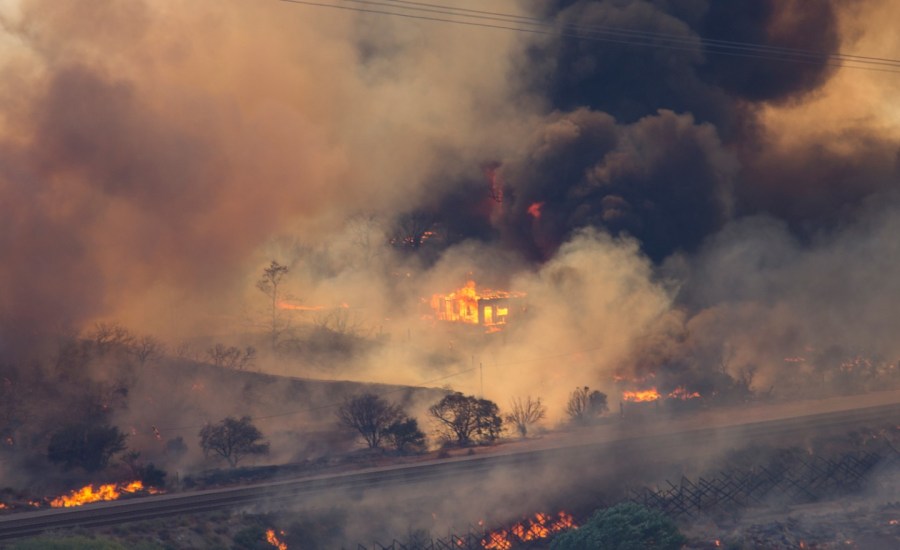
The vast majority of North America’s lakes endure the effects of wildfire smoke for more than 30 days annually, a new study has found.
Harnessing maps and satellite data to visualize how smoke could drift hundreds of miles from its source, the study authors found that nearly every lake on the continent experienced at least one so-called “lake-smoke day” per year, from 2019 to 2021.
But even more stark was the finding that about 89 percent of lakes weathered more than a month of such days during each of these years, according to the study, published this week in Global Change.
“That was surprising, even to us,” lead author Mary Jade Farruggia, a Ph.D. candidate at the University of California, Davis, said in a statement.
“With this study, we quantified for the first time the scope of the smoke problem,” Farruggia continued. “We show that it’s not just a widespread problem, but one that is long-lasting in a lot of places.”
As part of their research, the scientists introduced the concept of a “lake-smoke day,” which they said could serve as a metric for assessing smoke prevalence at lakes. The phrase itself refers to the number of days a lake is exposed to smoke each year.
To establish this metric, the authors used a hazard-mapping tool from the National Oceanic and Atmospheric Association that uses satellite imagery and ground-based measurements to quantify smoke density.
At the same time, they analyzed fire duration and exposure data from about 1.3 million North American lakes bigger than 25 acres.
“Smoke is widespread, and smoke is pervasive,” senior author Steven Sadro, a UC Davis associate professor of environmental science, said in a statement.
“We knew that by looking out the window and looking at satellite images we see almost every summer,” he continued. Now we’re starting to quantify it.”
Another recent study, also from Sadro’s research group, had found that as much as 70 percent of California’s territory in recent years was covered in wildfire smoke. The scientists drew this conclusion while exploring how smoke has specifically affected the Golden State’s lakes.
Stressing that wildfire smoke dumps aerosols and decreases sunlight in freshwater ecosystems, the scientists noted that little data is available as to how these phenomena impact basins.
In this week’s study, the researchers likewise emphasized that the effects of wildfire smoke on natural systems remains understudied.
“We just don’t know yet how smoke affects food webs, lake ecology or what the future of these systems will be if there’s an increase in lake-smoke days,” Farruggia said.
“Quantifying the scope of the problem is really the first step,” she added. “We’re pointing out that this is something we need to manage for across the globe, and not just areas affected by wildfire.”














